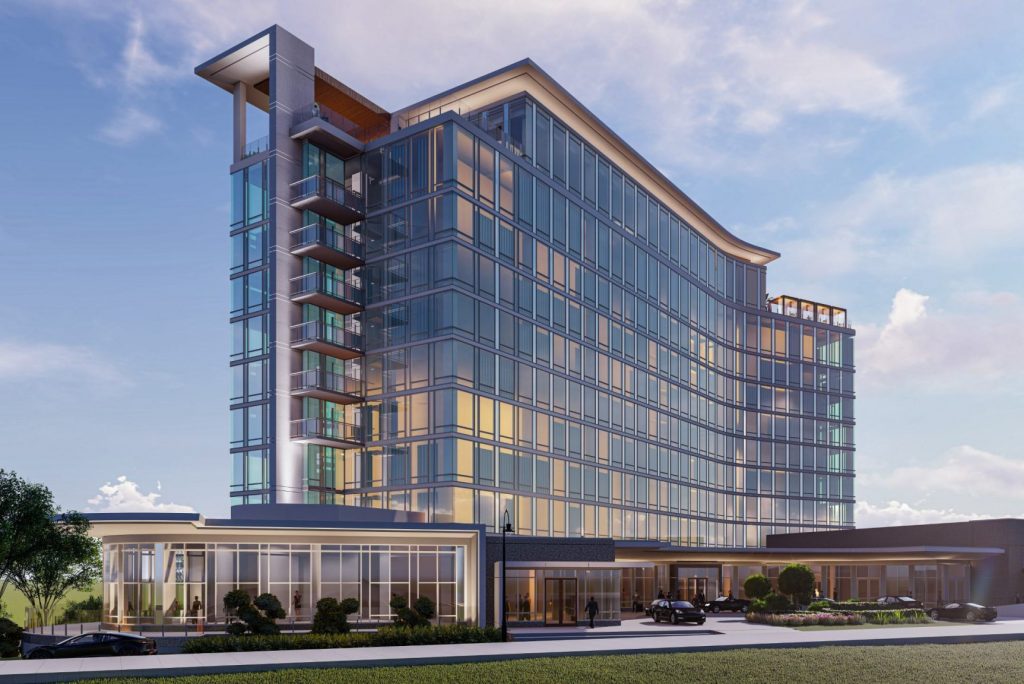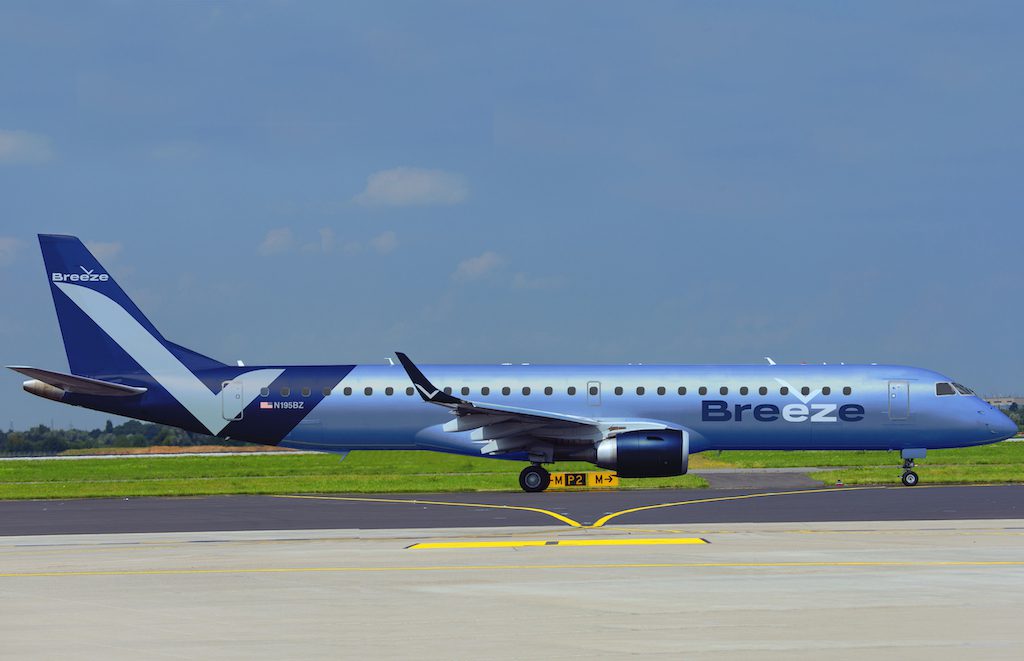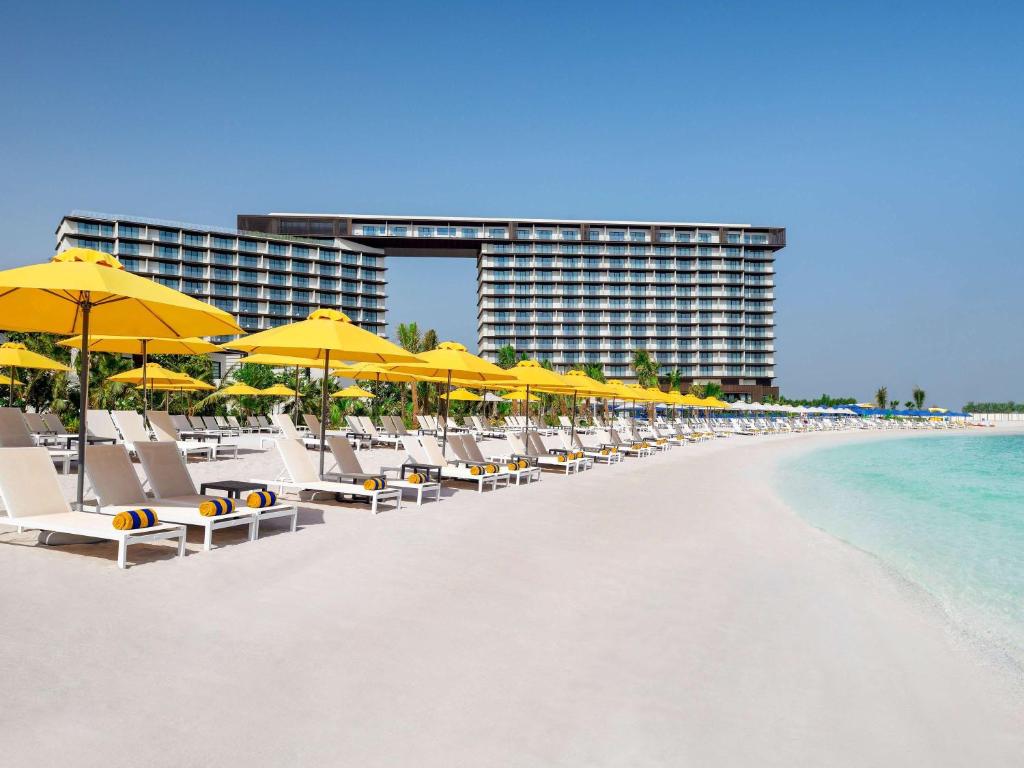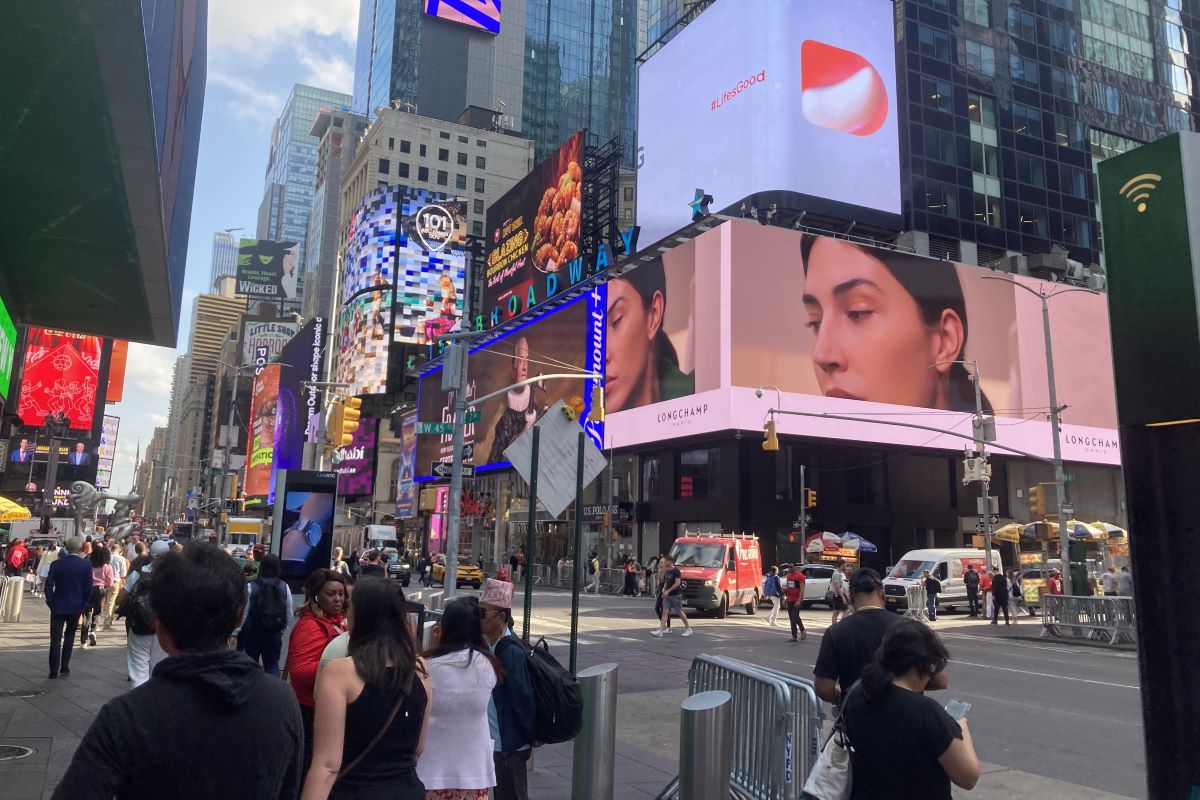Hyatt Still Bullish on Building New Hotels in Current Economy

Skift Take
Coronavirus tanked travel demand around the world earlier this year, and the appetite for hotel construction loans evaporated along with it. But that hasn’t stopped Hyatt from moving forward with plans to grow its Thompson Hotels brand portfolio by nearly 70 percent in the next three years.
The nine-hotel Thompson Hotels brand is on track to gain six new properties across the southeastern U.S. and Texas, Hyatt announced earlier this month. Hotels in Savannah, Georgia, and Atlanta’s Buckhead neighborhood are expected to open in 2021. Thompson properties in San Antonio and Dallas are slated to open this fall while one in Austin is on track to open in mid-2021. A Houston Thompson Hotel is scheduled to open in 2023.
Hyatt continues to see growth opportunities for the brand, despite the headwinds in pushing forward an entirely new-build concept amid a stark construction lending environment.
“In truth, new-build projects are, at a minimum, a three-year endurance test and more often four to five,” said David Tarr, senior vice president of development at Hyatt. “We just happened to have a robust pipeline of projects that were under construction or very advanced in development when things started up.”
Most of the Thompson Hotels recently announced were already under construction, meaning they already had financing lined up and weren’t impacted by the lending market drying up earlier this year. But even those properties, slated to open over the next 12 months, face arriving during the most difficult era for the U.S. hotel industry.
“Of course, nobody wants to be opening hotels into a pandemic, but we remain optimistic and hopeful that between vaccine and therapeutic treatments — the things we all need to see, as the American public, to get back to traveling — are going to occur,” Tarr said. “We’re very optimistic how each of these will do, it just may take a bit longer to get all the wind in their sails that we know they’ll get.”
No Bank? No Problem
Tarr also acknowledged hotel projects that are further away from opening day and still in need of financing may take longer than expected to open. But the drought in traditional construction loans doesn’t mean a new-build brand like Thompson has to halt growth plans over the next few years.
“Most of those projects are still intending to go forward when debt becomes available or, if they can, find alternative sources of capital,” Tarr said. “There are groups we’re talking to and our owners are talking to who can identify less conventional debt sources than institutional banks.”
Hotel developers looking to cobble together financing in today’s tough commercial lending environment still have a menu of financing options to push ahead with new construction, experts say.
“It’s quite clear the lending environment is challenged for new-build projects today across all asset types, with hotels and hospitality probably the most challenged with retail not too far behind,” said Aaron Jodka, a managing director of research and client services at Colliers International. “The scrutiny on any lending today is higher than it was six months ago.”
The EB-5 visa program, a pathway for immigrants to the U.S. to become permanent residents if they invest in a U.S. business employing at least 10 people, is still an option for developers despite anti-immigration rhetoric from the Trump administration.
New York City’s Hudson Yards mixed-use development and the JW Marriott at L.A. Live in downtown Los Angeles are among the highest-profile U.S. real estate projects funded through EB-5 investors.
Hedge funds, private equity firms like Starwood Capital Group and Blackstone — both of which invested in Extended Stay America earlier this year, foreign investors, and high-net-worth individuals are also viable alternative sources for developers in a downturn.
Each of these options would almost certainly come at a cost.
“There are a number of tools developers can draw upon as alternative capital sources, but, generally speaking, those sources of capital are going to be more expensive than traditional lenders like the commercial banks of the world,” said Sean Hennessey, a professor at New York University’s Jonathan M. Tisch Center of Hospitality. “To be successful, projects that go that route have to offer a better than average potential return to investors.”
But higher short-term costs need to be considered in the greater context of the entire project, especially for owners willing to hold onto a property for many years.
“Perhaps you’re spending a little more money on the construction finance side to get the project up and running, but that’s an 18-month to two-year period for an asset that will have a 50-year life,” Hennessey added. “Having more expensive lending in the near-term doesn’t mean a project can’t have a successful operational life once it’s up and running.”
Power Forward
Thompson Hotels' best near-term growth strategy likely arrived in late 2018 when Hyatt acquired its parent company, Two Roads Hospitality.
Lenders focus on the experience and credit of the parent company, and, to the extent it wants to use its own corporate balance sheet, Hyatt gives Thompson Hotels a distinct advantage in securing financing compared to smaller companies, Hennessey said.
It also helps that Hyatt, while still in growth mode for the brand, isn’t looking to flood the market with Thompson Hotels in the downturn.
“It really gets down to the quality of the individual project, which is why we’ve as a company said more is not better. We want high-quality projects. Those are the ones that get financed and get done even in difficult times,” Tarr said. “And then there are projects of lesser quality that will fall out of the pipeline in some of these markets, which isn’t necessarily a bad thing.”




